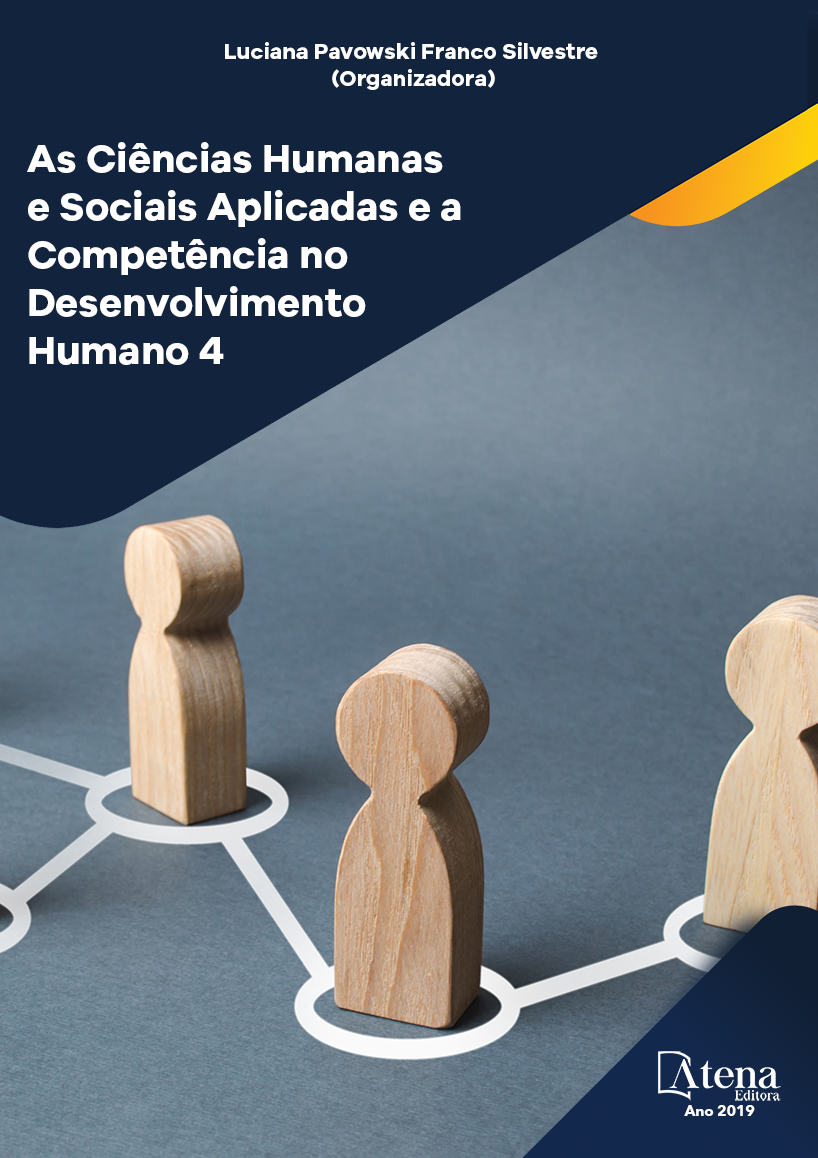
A LEI 13.467/17, SUA (IN)ADEQUAÇÃO ÀS CONVENÇÕES DA ORGANIZAÇÃO INTERNACIONAL DO TRABALHO E CONSEQUENTE PREJUÍZO À AÇÃO SINDICAL
O presente estudo busca analisar
se a lei nº 13.467/17, conhecida como reforma
trabalhista, malfere convenções da Organização
Internacional do Trabalho que tratem da
atuação sindical. O objetivo geral é investigar
se a lei nº 13.467/17 se adequa às convenções
da Organização Internacional do Trabalho que
protegem a atividade sindical. Como objetivos
específicos elencamos os seguintes: identificar
os instrumentos internacionais emanados da
Organização Internacional do Trabalho que
possam, em tese, conflitar com as regras
jurídicas imantadas na reforma trabalhista e
observar se as regras jurídicas previstas na lei
nº 13.467/17 de fato apresentam conflitos com
as convenções da OIT que protegem a atividade
sindical. A metodologia utilizada é pesquisa
bibliográfica e documental, com via descritiva
e exploratória, visando explicar, interpretar e
analisar a legislação, notadamente a aplicação
da lei nº 13.467/17. A abordagem é qualitativa,
pois busca uma maior compreensão das
ações e relações humanas e uma observação
dos fenômenos sociais. Além disso, usou-se
método hipotético-dedutivo. Como resultados
observamos que a reforma trabalhista,
notadamente os arts. 444, parágrafo único,
bem como 611-A, da CLT, inseridos pela lei
nº 13.467/17, malferem as convenções nº 98
e 154 da OIT. Outrossim, conclui-se que tais
alterações são anticonvencionais, prejudicando
sobremaneira a atividade sindical, notadamente
em função das alterações introduzidas na
negociação coletiva.
A LEI 13.467/17, SUA (IN)ADEQUAÇÃO ÀS CONVENÇÕES DA ORGANIZAÇÃO INTERNACIONAL DO TRABALHO E CONSEQUENTE PREJUÍZO À AÇÃO SINDICAL
-
DOI: 10.22533/at.ed.1671906076
-
Palavras-chave: Negociação. Anticonvencionalidade. Sindicato.
-
Keywords: Bargaining. Unconventionality. Unions.
-
Abstract:
This essay aims to analyze if the law
nº 13.467/17, also known as labor reform, goes
against the International Labor Organization
conventions regarding unions actuation. The
general objective is to investigate if the law
nº 13.467/17 comply with International Labor
Organization conventions that protect unions
activities. As specific objectives it’s listed the
following: identify the international instruments
of the International Labor Organization that
may, in thesis, have a conflict with legal rules
of the labor reform and observe if the rules set by the law nº 13.467/17 in fact have
conflicts with ILO conventions that protect unions activities. The methodology adopted
is bibliographical and documental research, with descriptive and exploratory means
aiming to explain, interpret and analyze the legislations, namely the application of the
law nº 13.467/17. The approach is a qualitative one, as it aims to better comprehend
human actions and relations and an observation of social phenomena. Also, it was
utilized the hypothetic-deductive method. As results it was observed that the labor
reform, namely the articles 444, single paragraph, and 611-A, of CLT, inserted by the
law nº 13.467/17, goes against the conventions number 98 e 154 of ILO. Therefore, it
concludes that such alterations are unconventional, bringing great loss to the unions’
activities, mainly because of the alterations brought upon the collective bargaining.
-
Número de páginas: 15
- Rodrigo Rocha Gomes de Loiola
- Francisco José Rocha Pereira


